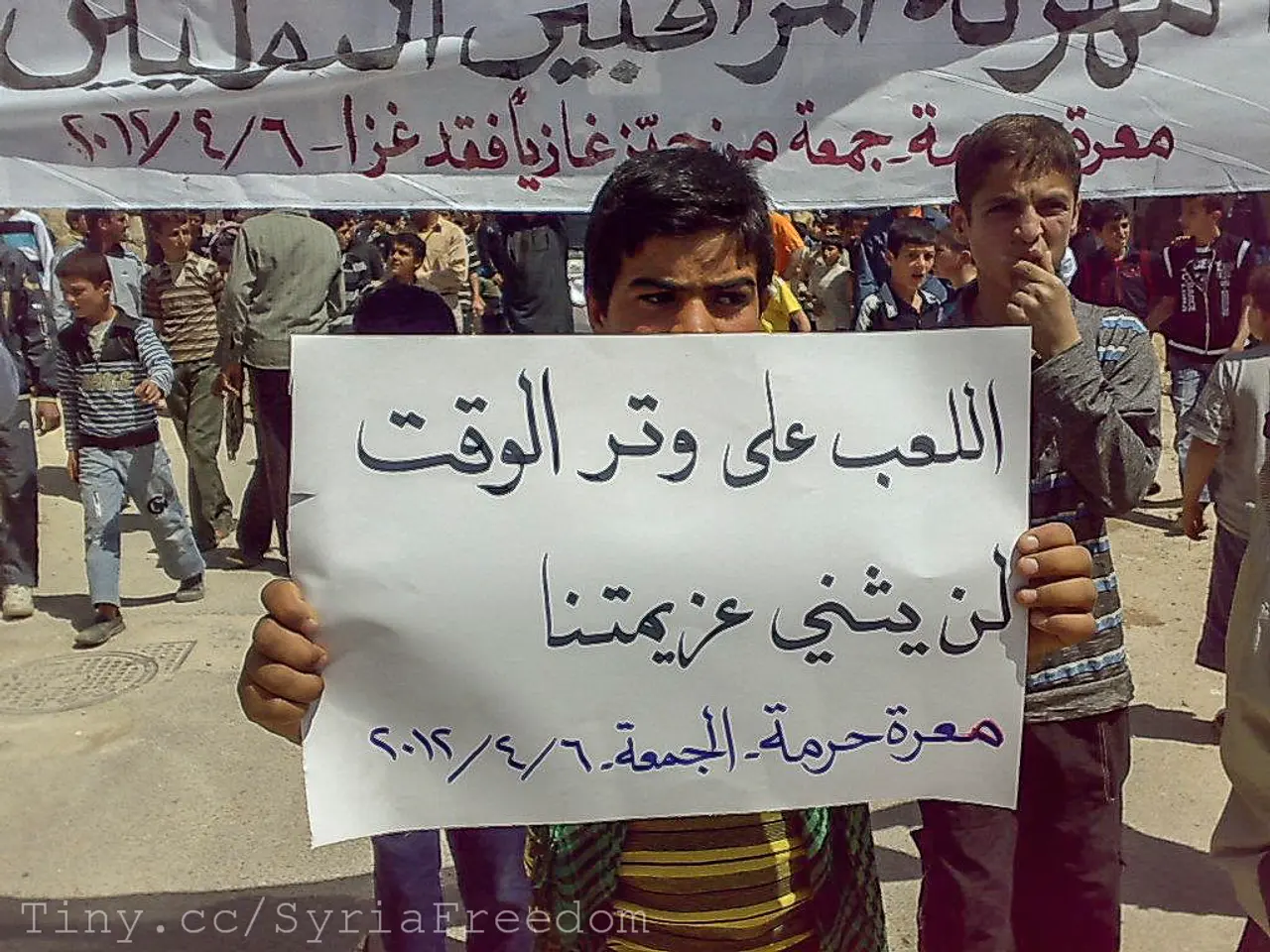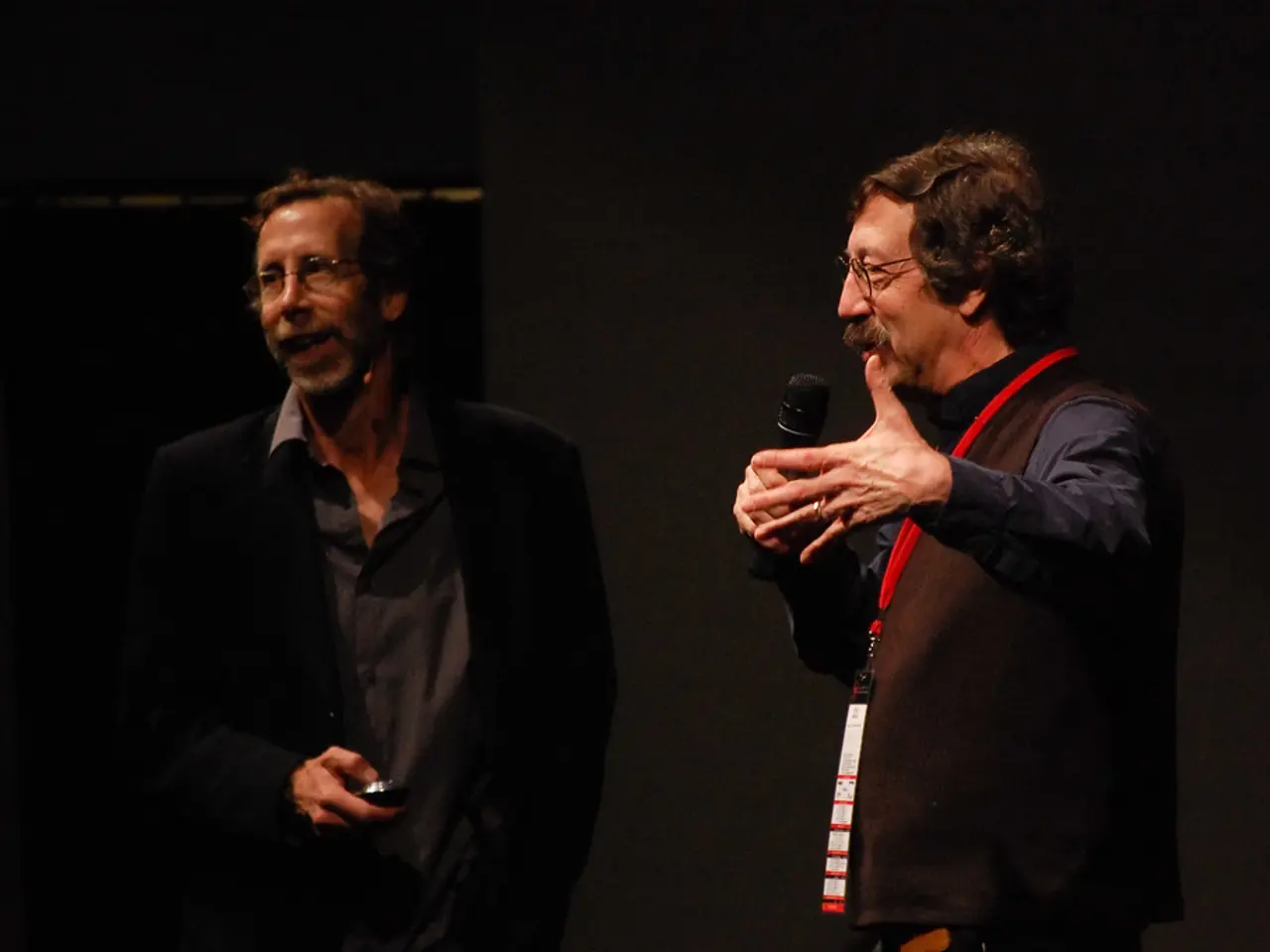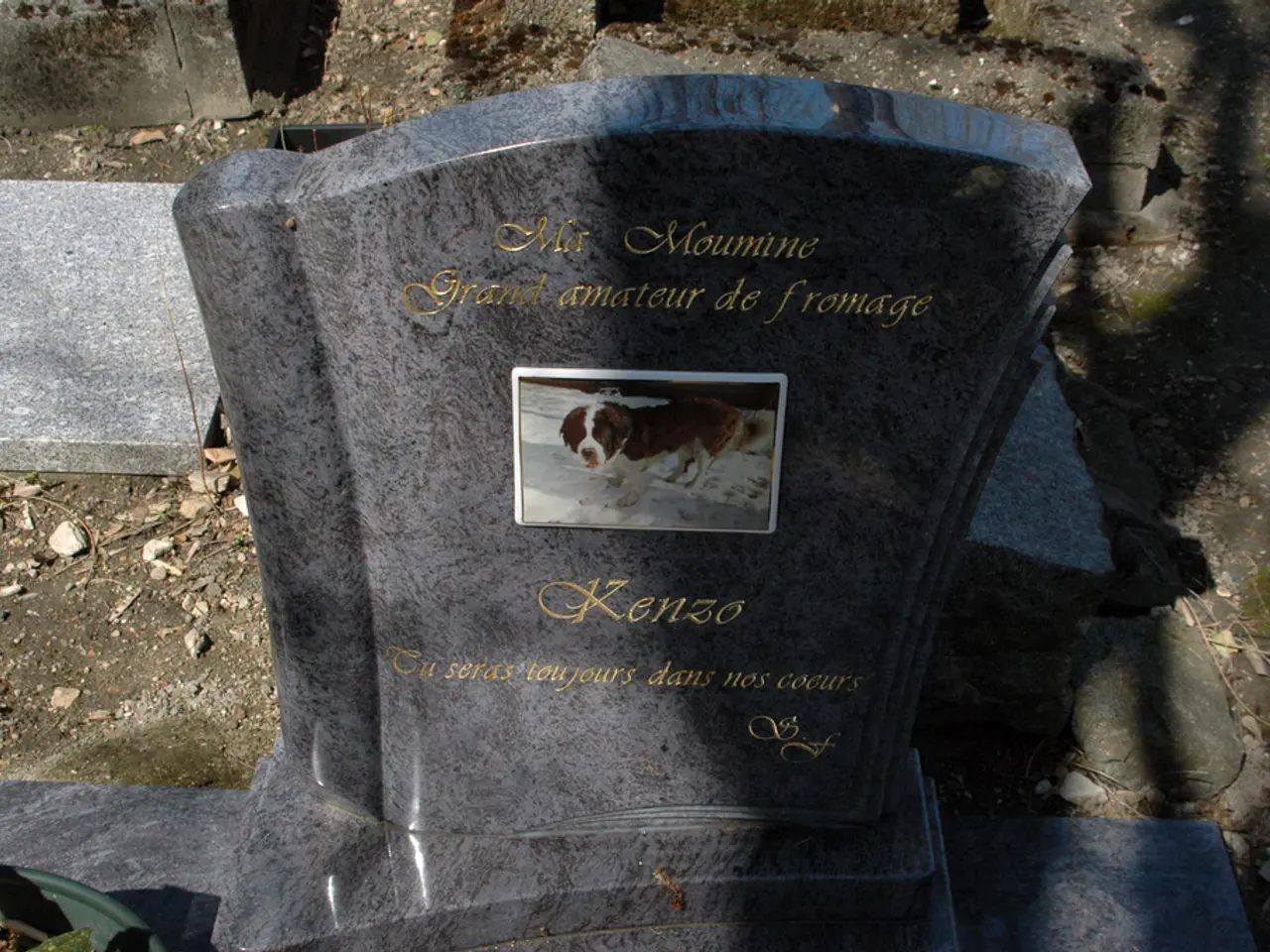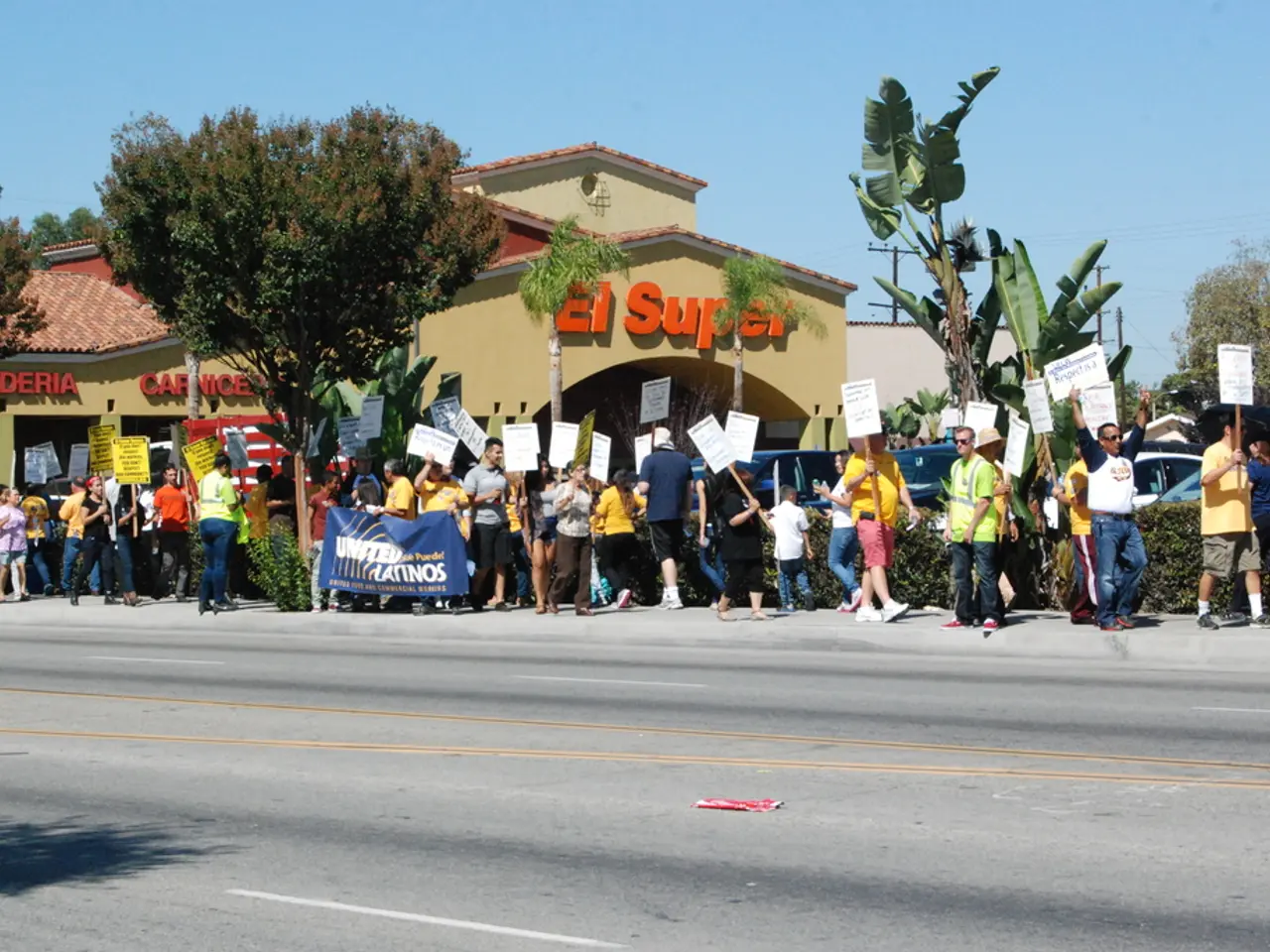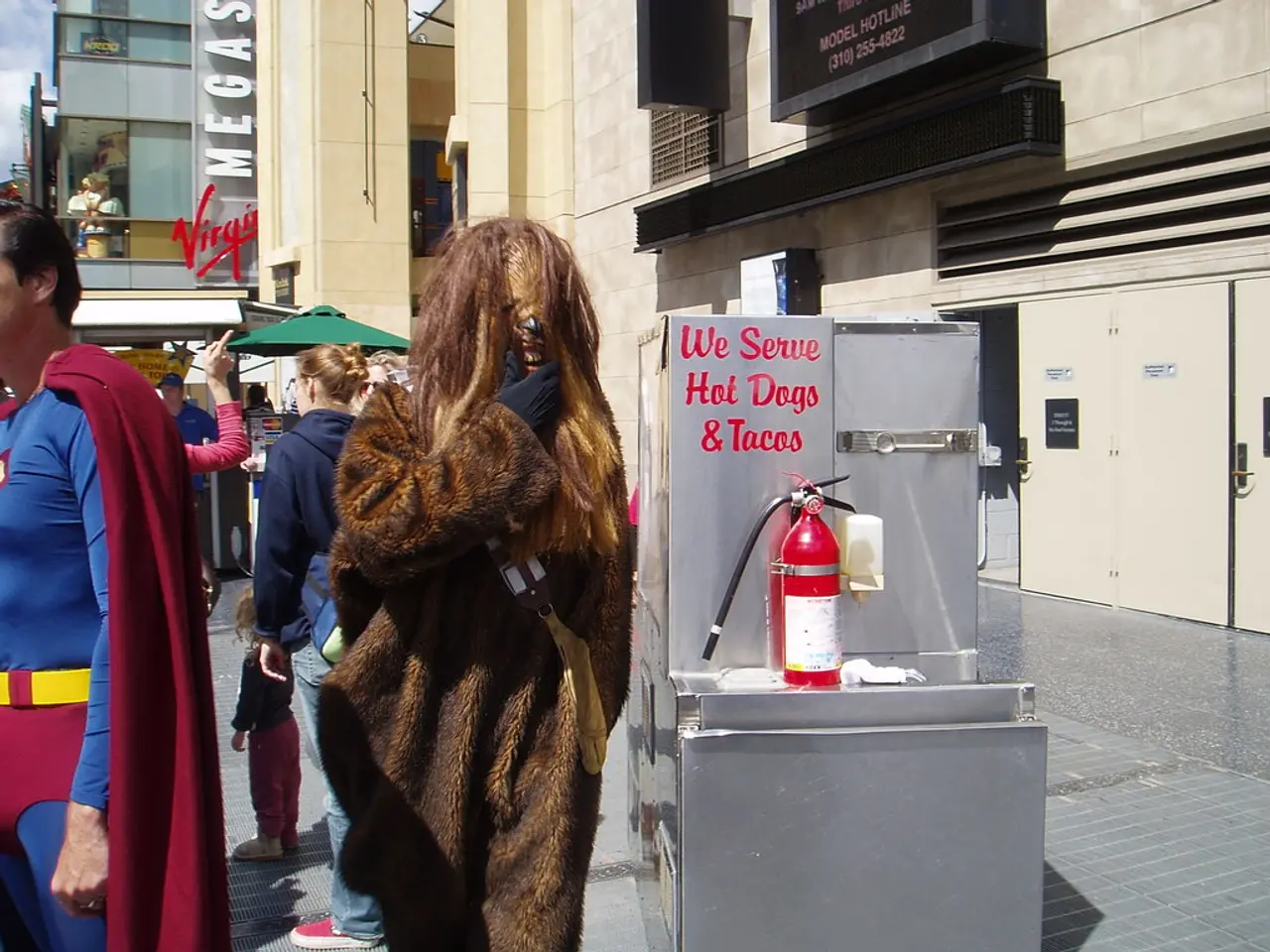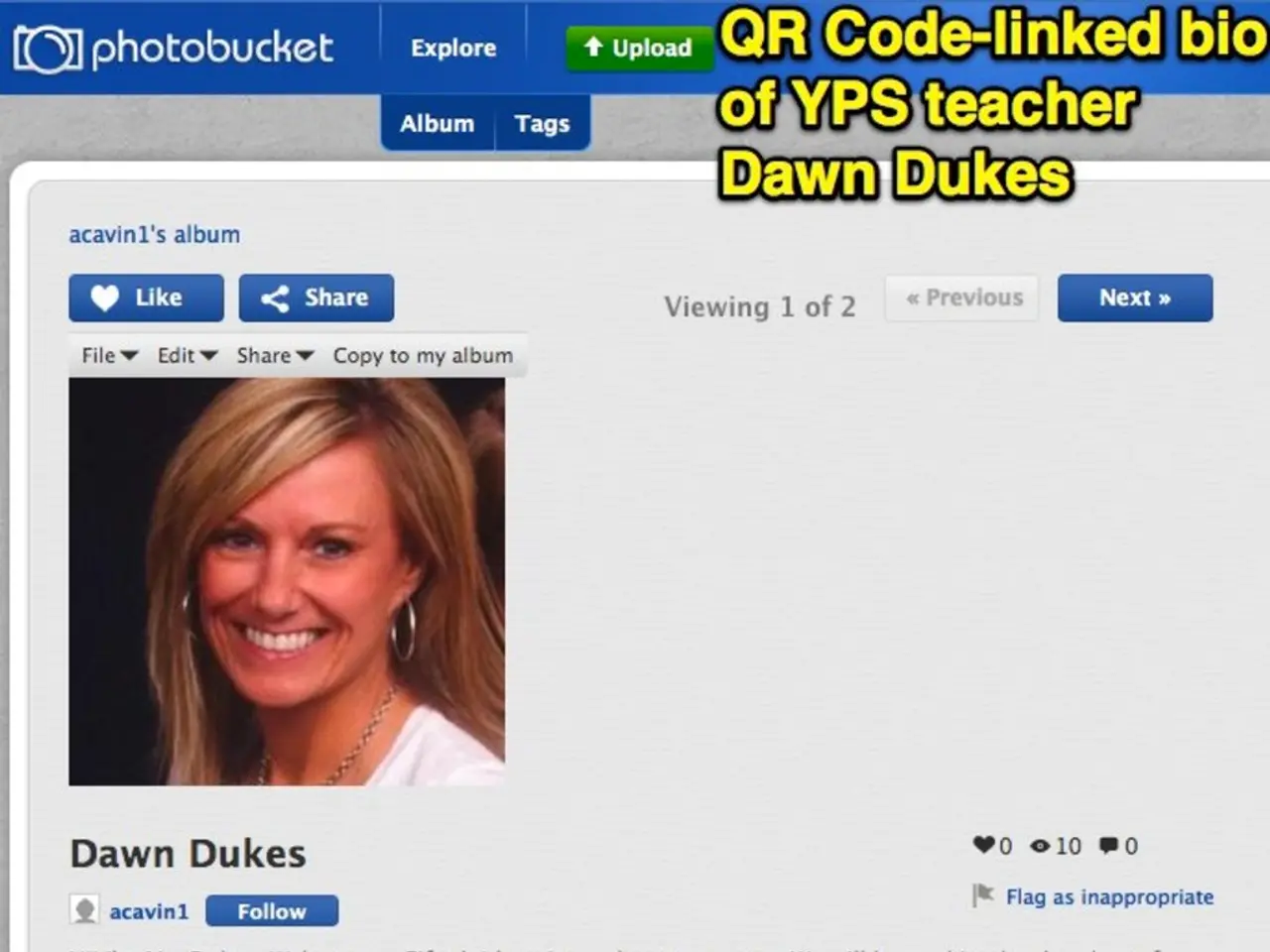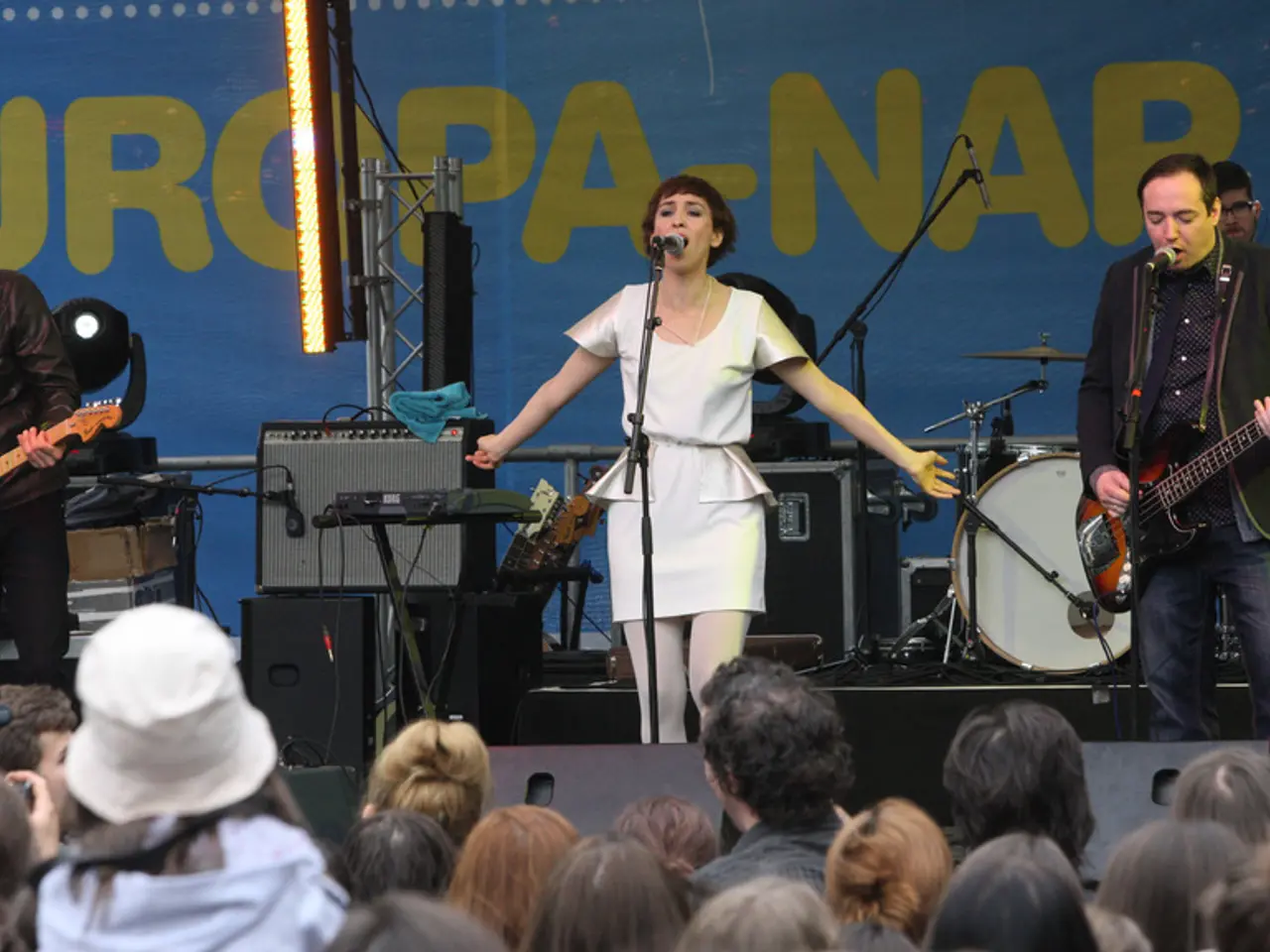Examining Eritrea's potential involvement as Tigray conflict escalates in Ethiopia
In the volatile northern region of Ethiopia, particularly in the Tigray area, a resurgence of violence continues to plague the region despite a cessation of hostilities agreement signed between the federal government and the Tigray People's Liberation Front (TPLF) last November.
The key factor driving the renewed violence is the continued presence and independent operations of Eritrean troops in Tigray. Witnesses and survivors have reported horrific acts committed by the Eritrean Defense Forces (EDF), including widespread sexual violence, massacres, and destruction of civilian infrastructure. The EDF has been controlling significant portions of Tigray (estimated at around 40%) independently of Ethiopian command, pursuing its own objectives.
The violence has manifested in numerous ways, with mass killings, sexual violence, targeted executions and reprisals, and clashes and attacks in civilian areas. For instance, over 200 civilians were reportedly killed in the town of Wukro, which was then deserted. Refugee camps such as Hitsats have been sites of execution and retaliatory killings associated with conflict between TPLF and EDF forces.
The resurgence of violence is driven by several intertwined causes. Eritrea's involvement in the conflict is strategic and political, with Eritrean troops acting independently to control territory and commit abuses to suppress opposition and influence territorial outcomes. Their involvement complicates peace efforts and inflicts severe humanitarian harm.
The conflict is not only between Tigrayans and the federal government but also involves ethnic militias like the Amhara's Fano group and the Oromo Liberation Army, reflecting broader struggles over territorial control and political power across Ethiopia.
Political dynamics within Ethiopia also play a role, with Prime Minister Abiy Ahmed’s government facing pressure from various ethnic and regional groups. The tactics of law enforcement and military repression have intensified cycles of violence and resistance, including in Oromia and Benishangul-Gumuz regions.
Persistent armed conflict, displacement, and abuses by various forces have severely undermined law and order, creating an environment where violence and impunity thrive.
In summary, renewed violence in northern Ethiopia is fueled by the continued military engagement of Eritrean forces, unresolved ethnic and territorial disputes, and fractured political control within Ethiopia. Eritrea's independent military actions in Tigray, characterized by severe human rights violations, play a critical role in perpetuating the conflict and humanitarian emergency.
References: [1] Amnesty International, "Ethiopia: Tigray: War Crimes and the Path to Justice," 2023. [2] Human Rights Watch, "World Report 2023: Ethiopia," 2023. [3] United Nations Office of the High Commissioner for Human Rights, "Report of the Commission of Inquiry on Ethiopia," 2022. [4] International Crisis Group, "Ethiopia: The Road to Crisis," 2022.
- The resurgence of violence in the Tigray region of Ethiopia is driven by the independent operations of Eritrean troops, as reported by international watchdogs like Amnesty International, Human Rights Watch, and the United Nations Office of the High Commissioner for Human Rights.
- The conflict in northern Ethiopia extends beyond the Tigray People's Liberation Front and the federal government, involving ethnic militias such as the Amhara's Fano group and the Oromo Liberation Army, as outlined in reports by organizations like the International Crisis Group.
- The media, covering general news, crime, and justice, have been reporting on the consequences of these conflicts, including widespread human rights violations and severe humanitarian harm, as detailed in the reports from Amnesty International, Human Rights Watch, and the United Nations Office of the High Commissioner for Human Rights.
- The international community, particularly government bodies and global organizations, have been actively documenting and reporting on the war-and-conflicts in Ethiopia, with the aim of promoting peace and justice, as shown in the reference materials [1], [2], [3], and [4].
- United Nations bodies have published reports such as the "Report of the Commission of Inquiry on Ethiopia" to investigate war crimes and atrocities committed during the conflict, emphasizing the importance of accountability and justice in resolving the crisis in Ethiopia.
